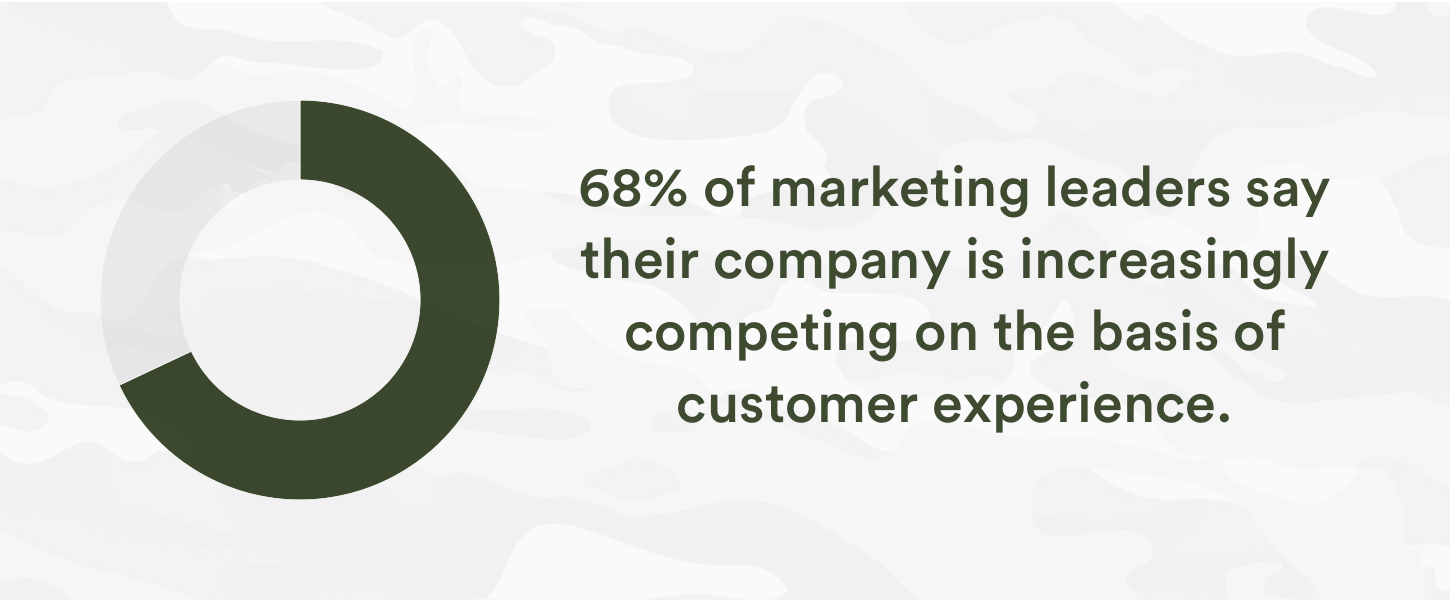 In the world of PPC marketing, advertisers often focus so much on creating effective ad campaigns that they neglect the post-click experience on their landing pages. However, this is where a sale is made or a lead is generated. To truly succeed in PPC marketing, it is essential to expand your focus to include what happens after ad clicks.
In the world of PPC marketing, advertisers often focus so much on creating effective ad campaigns that they neglect the post-click experience on their landing pages. However, this is where a sale is made or a lead is generated. To truly succeed in PPC marketing, it is essential to expand your focus to include what happens after ad clicks.
In this article, we will explore the importance of creating effective PPC landing pages and provide a guide to designing a successful post-click experience. We will cover various topics such as improving lead generation and ecommerce post-conversion experiences, best practices for building and optimizing landing pages, and the significance of mobile responsiveness.
First and foremost, it is crucial to ensure that your landing pages are responsive across devices, with a particular emphasis on mobile. With smartphones accounting for a significant percentage of ecommerce traffic and orders, it is essential to design landing pages that load quickly and function seamlessly on mobile devices. Buttons should be easy to press, and the layout should look and feel natural on a smartphone. Additionally, it is important to keep navigation simple and reduce clutter on the landing page.
Testing and iterating your landing page elements is another key aspect of creating an effective post-click experience. Elements such as headlines and copy, social proof, forms, and calls to action should be tested to determine what resonates best with your audience. It is important to pick clear and straightforward copy that matches both your ad and keyword intent. Displaying credibility through customer reviews and industry accreditations can also help build trust with visitors.
When it comes to copy and design, it is crucial to approach them with the right mindset. While visually appealing landing pages can attract attention, they should also have substance in terms of the offer and message. A visually exciting page coupled with an offer that makes customers feel understood can be hard to resist. However, it is important not to neglect design, especially mobile responsiveness.
Another crucial aspect of creating effective PPC landing pages is delivering what the ad promised. The landing page should align with the ad in terms of the offer and messaging. If the landing page does not match the ad, it can lead to frustration and a negative user experience. It is important to ensure that the landing page delivers on the expectations set by the ad.
Once a visitor converts on your landing page, whether through a purchase or exchange of information, it is important to set expectations for what comes next. Bombarding them with pop-ups and offers immediately after conversion can be overwhelming and interfere with their experience. Instead, consider providing a simple confirmation message and follow-up emails or SMS updates to keep them engaged and informed.
For lead generation campaigns, it is crucial to align marketing and sales efforts. The handshake between marketing and sales determines how well prospects feel taken care of and significantly impacts conversion rates. By addressing customers’ objections proactively, nurturing leads with marketing automation, and respecting the sales cycle, businesses can improve the post-conversion experience for lead gen campaigns.
For ecommerce brands, it is important to focus on generating net new revenue and expanding to new audiences. Adding gamification elements to ads and landing pages can make the shopping experience more enjoyable and engaging for customers. Being proactive with no-stock situations, using the first order to gather feedback, and using email marketing to cement lifetime value are also crucial strategies for improving the post-click experience for ecommerce campaigns.
In conclusion, creating effective PPC landing pages is crucial for success in PPC marketing. By focusing on the post-click experience and optimizing landing pages, businesses can improve conversion rates, maximize customer lifetime value, and inspire confidence in their brand. Investing time, technology, and effort into the post-click experience can be a significant differentiator in a competitive landscape filled with automation.
